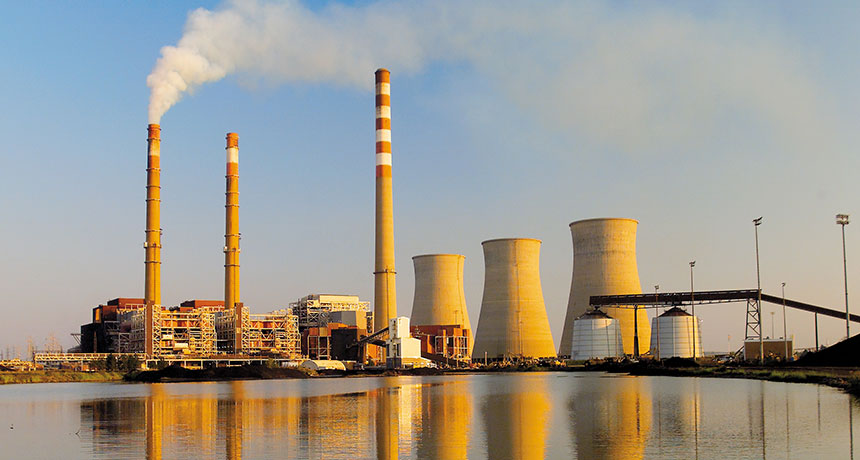
Where I grew up in Tennessee, a coal-fired power plant perches by the river, just down from the bridge that my wild brothers and their friends would jump off in the summer.
Despite the proximity, I never thought too much about the power plant and the energy it was churning out.But then I read an April 3 Nature Energy paper on coal-fired energy production that used my town — and others in the Tennessee Valley Authority area — as a natural experiment. The story the data tell is simultaneously fascinating and frustrating, and arrives at a politically prescient time. In recent weeks, the Trump administration has signaled a shift in energy policy back toward the fossil fuel.
The roots of this story were planted in the 1930s, when the TVA was created as a New Deal project to help haul America out of the Great Depression. The organization soon got into the power business, relying on a mix of energy sources: hydropower, coal and nuclear. After the 1979 accident at Three Mile Island — a nuclear power plant in Pennsylvania — stricter regulations driven by public fear prompted TVA to shut down its two nuclear reactors. Those temporary closures in 1985 left a gaping hole in the region’s energy production, a need immediately filled by coal.
Economist Edson Severnini realized that this dramatic shift from nuclear to coal offered a chance to study the effects of coal-fired power on health. He analyzed power production, particle pollution and medical records of babies born near coal plants. One in particular picked up the most slack: Paradise Fossil Plant in Paradise, Ky. (Incidentally, that town is the same coal-ravaged one John Prine sings about in arguably the best song ever written.) The plant’s power production increased by about 27 percent, replacing about a quarter of the missing nuclear energy.
Not surprisingly, air pollution near the Paradise plant rose, Severnini found. The levels of an air pollution indicator called total suspended particulate fell below the Environmental Protection Agency’s limit at the time (but wouldn’t have passed today’s tougher standards, Severnini says)….
The post When coal replaces a cleaner energy source, health is on the line appeared first on FeedBox.